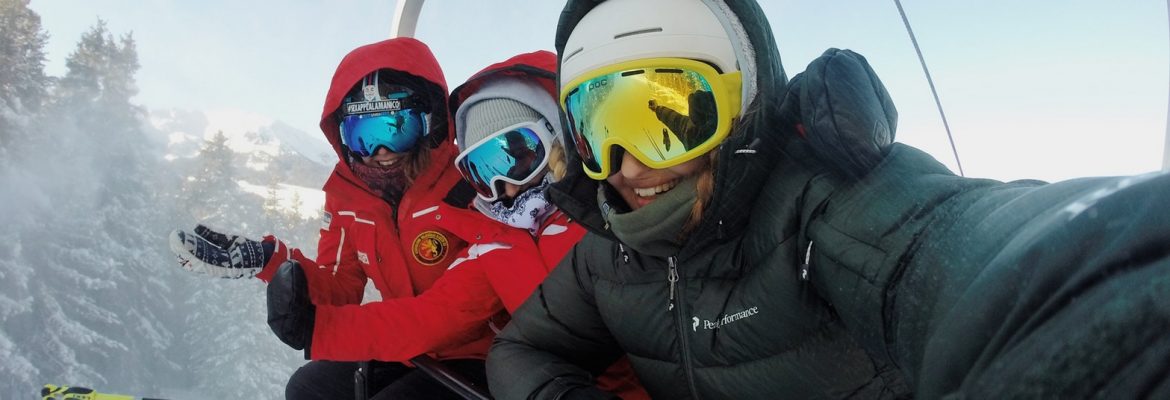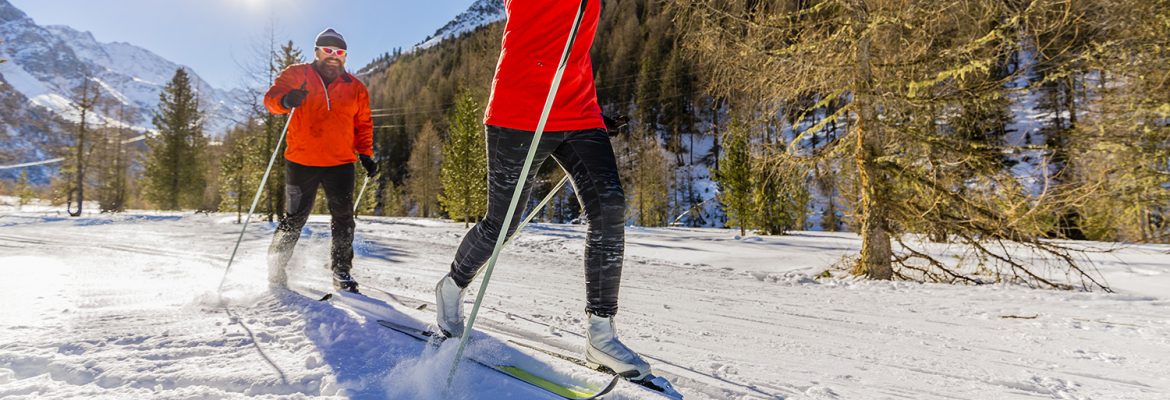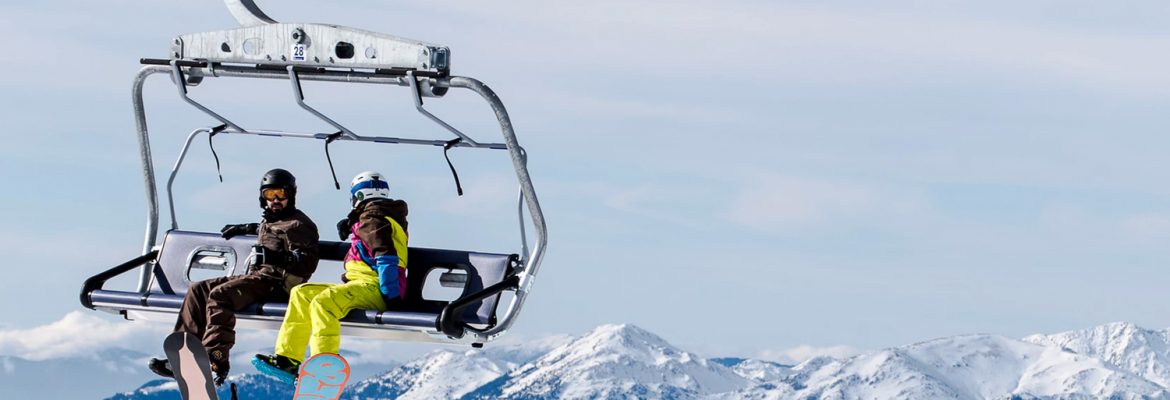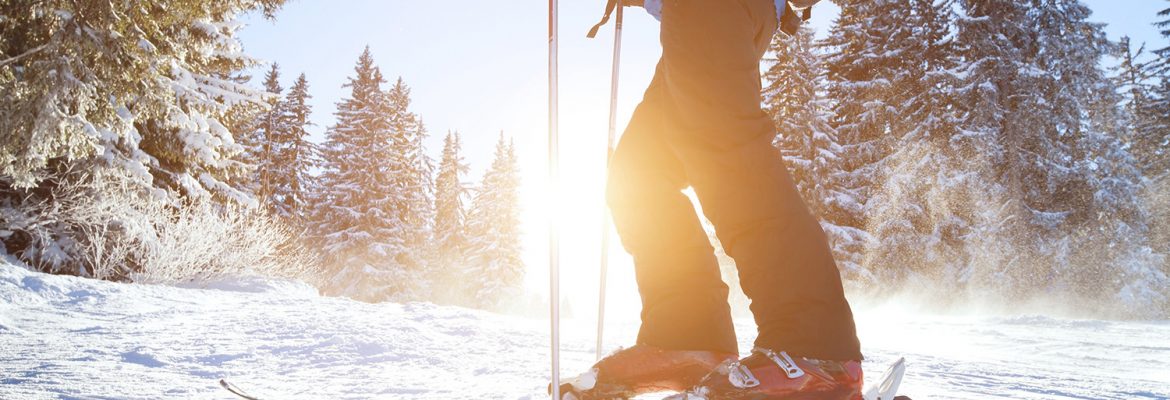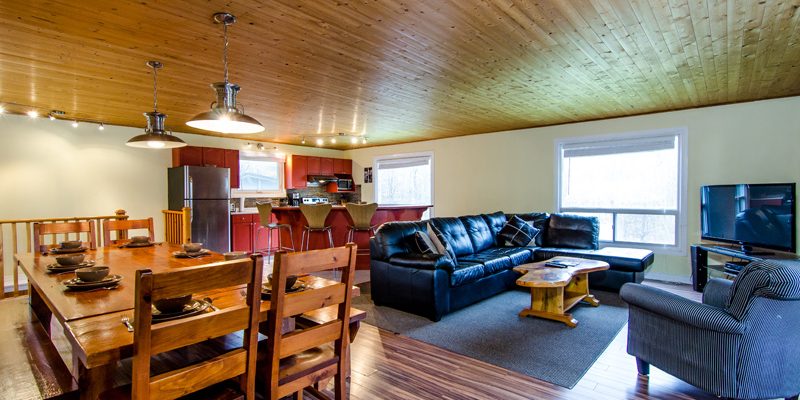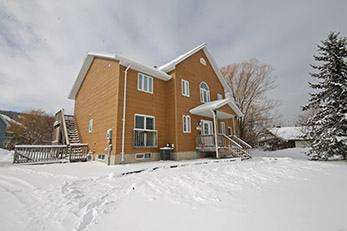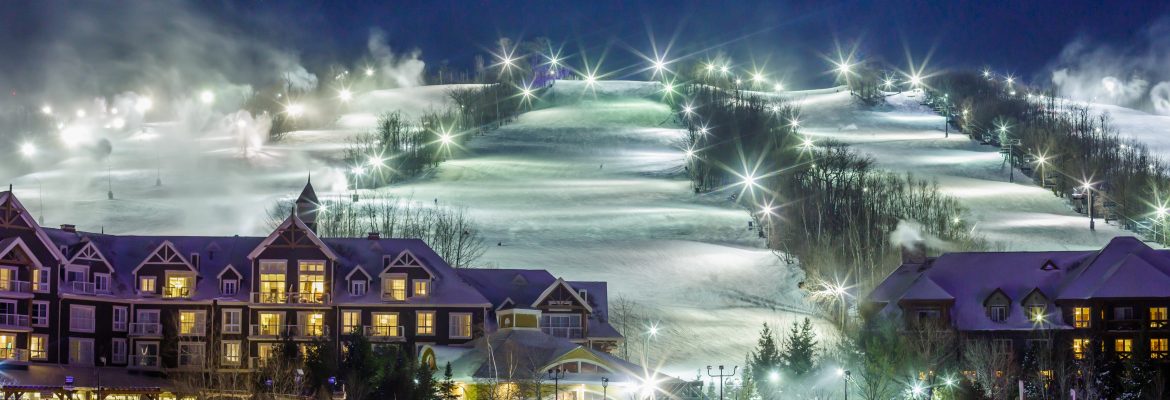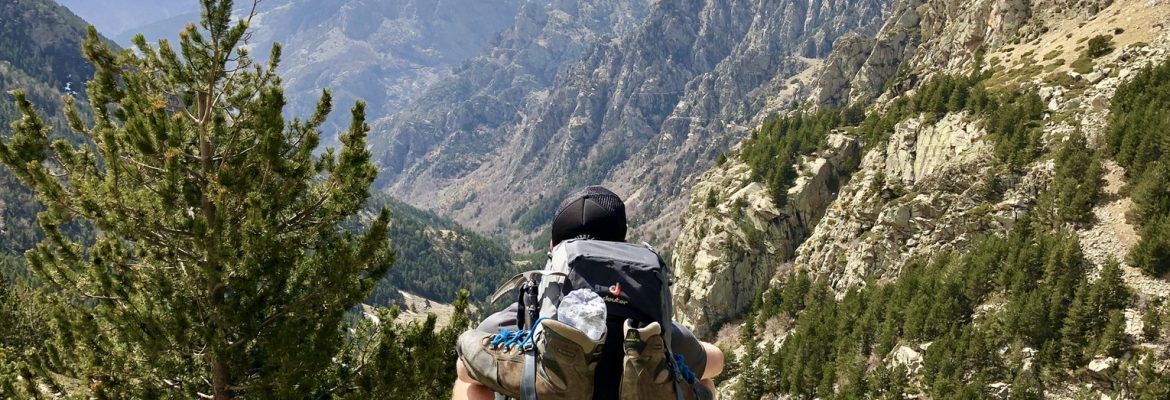
If you’re ever wondering what to do in Blue Mountain, the area offers lots of great hiking trails. But what many hikers don’t know is that, if they never learned how to pack a hiking backpack, they may not be enjoying their hikes to the fullest.
And if you plan a full-on backpacking trip, the sooner you learn to pack a backpack, the better.
Pack a Backpack in Zones
Whether you’re hiking, skiing or using your backpack for air travel, the following packing principles remain the same. Before you pack, imagine the backpack being divided into three zones and use those zones to guide your packing.
- Zone 1 – The bottom of the pack. Contrary to what many packers do, the bottom of the pack is for lighter items. If you’re overnighting, carry your sleeping bag at the bottom of the pack. Any extra clothing or light raingear you want to take ‘just in case’ would also do well in Zone 1.
- Zone 2 – The middle of the pack, closest to your body. This is where you should pack your heaviest items like food and an extra water bottle. If you’re out in the wild, your bear canister would go here too. Placing heavier items in the middle of the pack, against your body, keeps them close to your center of gravity, which keeps you in better balance. That reduces strain on your back, shoulders, and legs by reducing the need to ‘fight’ the weight as you hike.
- Zone 3 – The top and the mid-section away from your body. Zone 2 is for medium-weight items like first aid kits, a sleeping pad or light climbing tools.
Using the Zones principle to pack your back stops it from being top or bottom heavy, which will help you hike all day long.
If you liked this post, check out our recent article on what to wear for cross-country skiing.

